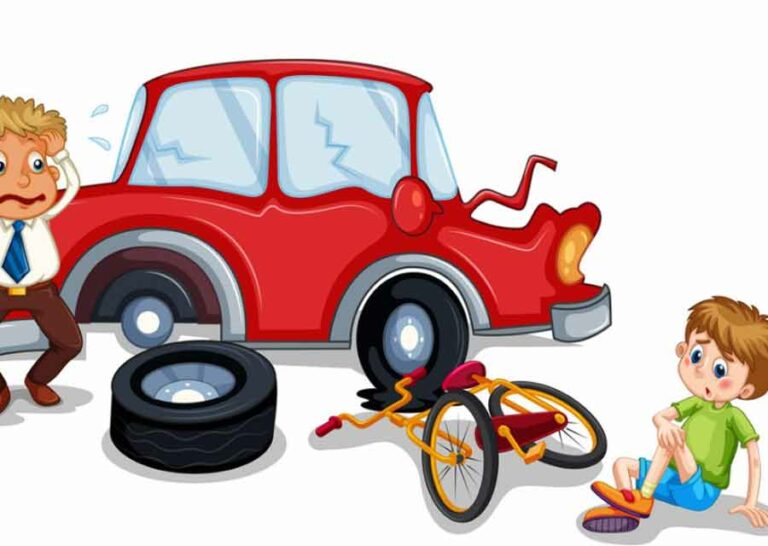 Capturing genuine moments of children through photography may result in magnificent and heartbreaking photographs. These images evoke passion, innocence, and the fleeting aspect of infancy. Photographers must be aware of both legal and ethical considerations while shooting adolescents, especially in areas with specific legal requirements, such as Utah and Montana. The usage of specialized contracts, such as the “Utah Vendor Agreement Template” and the “Montana Vendor Agreement Template,” is critical with the advent of digital platforms and different initiatives involving minors. This essay dives into both states’ legal and ethical issues.
Capturing genuine moments of children through photography may result in magnificent and heartbreaking photographs. These images evoke passion, innocence, and the fleeting aspect of infancy. Photographers must be aware of both legal and ethical considerations while shooting adolescents, especially in areas with specific legal requirements, such as Utah and Montana. The usage of specialized contracts, such as the “Utah Vendor Agreement Template” and the “Montana Vendor Agreement Template,” is critical with the advent of digital platforms and different initiatives involving minors. This essay dives into both states’ legal and ethical issues.
- Parental Consent: A Fundamental Requirement
Before photographing a kid or juvenile for commercial reasons in Utah or Montana, seek formal permission from their parent or guardian. This is not only an ethical need, but also a legal requirement.
- Public vs. Private Environments
The location of the shot is critical:
Public Places: In general, photographing individuals (including minors) in public places without a business purpose does not require authorization. However, asking is always a safer and more ethical approach.
Private Domains: Taking pictures in private places usually need authorization, especially if the subject is a kid.
- Model Releases and Commercial Use
Photographers who wish to utilize their photographs for commercial reasons (e.g., advertising) should follow these guidelines:
Utah: The “Utah Vendor Agreement Template” includes model release terms that can be customized for minors. It is critical to specify exactly how the child’s photograph will be utilized.
Montana: Using the “Montana Vendor Agreement Template” may assist guarantee that any Montana-specific minor-related laws are handled. This includes restrictions on distribution, licensing, and use length.
- Moral and Ethical Considerations
Beyond the legal range, ethical issues take precedence:
Respect and Sensitivity: Approach assignments involving children with extreme caution. Avoid situations that might be perceived as exploitative or improperly provocative.
Confidentiality: Even with parental approval, preserve the minor’s privacy at all times. Avoid revealing personally identifying information, especially on public platforms.
- Rights to Duration and Usage
Contracts should include the following provisions:
How long may the photographer keep the child’s image?
Where will the photograph be utilized on a medium scale? (For example, digital platforms, print, or both.)
- Reimbursement
If the kid model receives compensation:
Photographers in Utah can consult the “Utah Vendor Agreement Template” for information on remuneration terms for underage subjects.
Montana: The “Montana Vendor Agreement Template” can provide guidance on acceptable remuneration and benefit stipulations that are in accordance with Montana state legislation.
- Distinctive Provisions
There are additional factors in both states:
Educational Commitments: Make certain that the shoots do not interfere with the child’s education.
Safe setting: Ensure that children are in a safe and pleasant setting. Any indicators of pain should be handled right once.
Clauses of Termination
Contracts should include provisions for termination, especially if it is found that ongoing involvement is not in the best interests of the child.
- Considerations for Individual States
Utah: Because of the state’s various cultures, photographers should be especially mindful of cultural and religious sensitivity while shooting kids.
Montana: Because of the state’s wide natural landscapes, outdoor shootings involving minors should emphasize safety and follow any regional standards or prohibitions.



